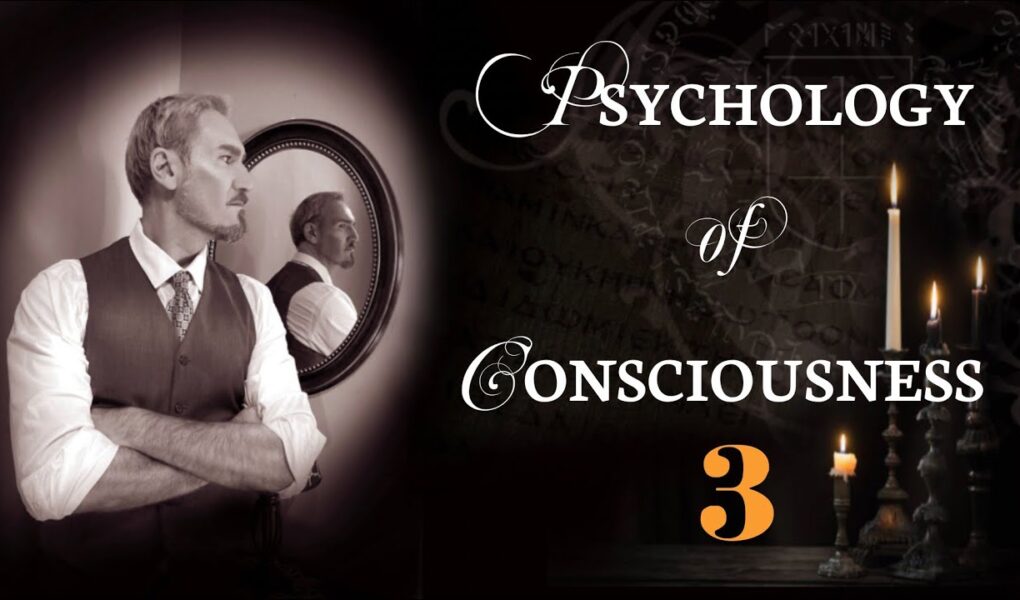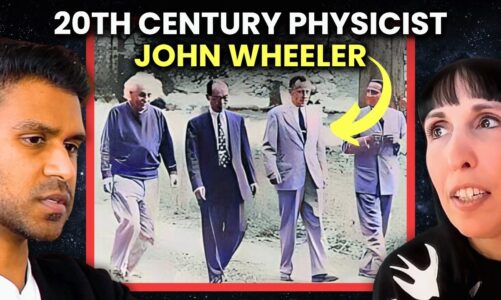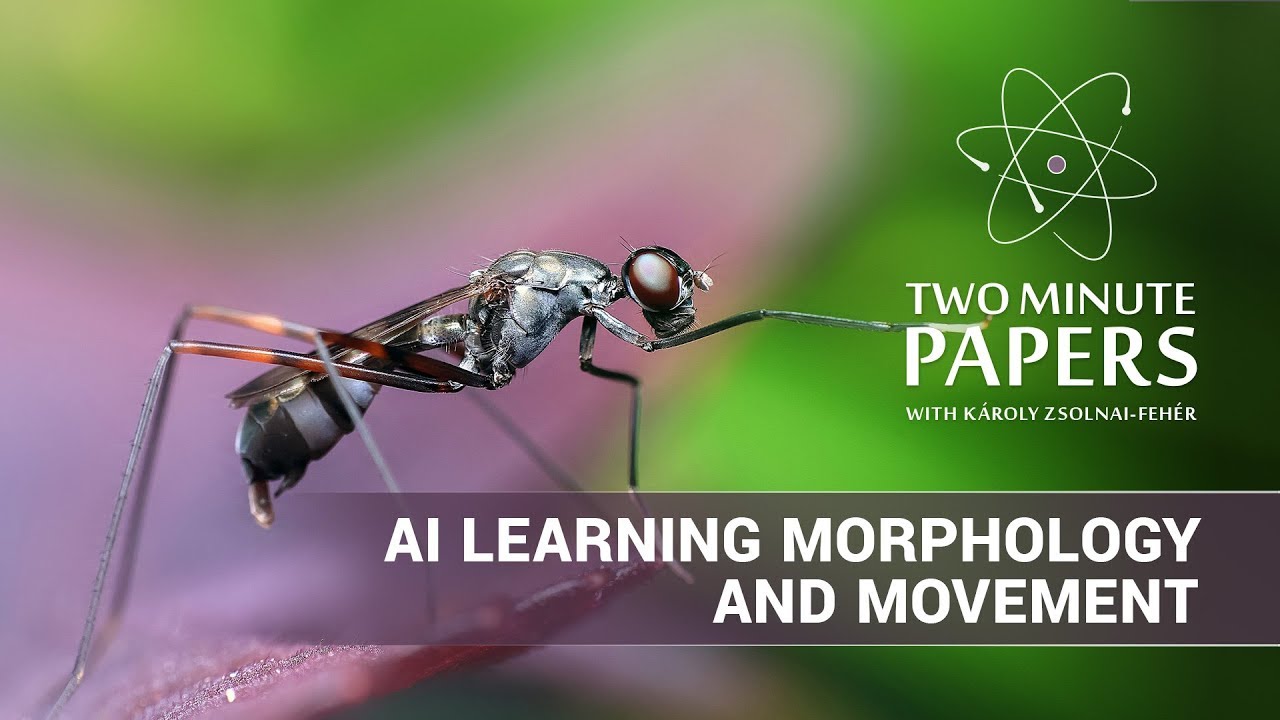David Tomasi
The exact science of the hard matter:
• General Aspects
• Examining, Controlling, and Verifying
_________________________________
• Does the soul exist or is it just a (by)product of the brain?
• What role do spirituality and religion play?
• Does science support transcendental knowledge, esoteric practices, and mystical wisdom?
• Is there evidence for belief in the Afterlife and the Divine?
These are a just a few questions we will be investigating in this course. Students will examine medicine, psychology, neuroscience, and philosophy, to learn about our brains, our minds, our souls, and their connection to our common core as human beings, thereby providing evidence and support for a nurturing community. This course discusses the current scientific research and literature, as well as the history, the philosophical, anthropological, and social context of modern neuroscience to present a scientist-based and student-friendly exploration of the neural underpinnings of cognition, emotion, and action, and of the processes at the basis of attention, memory, sensory and motor abilities, language, and understanding. The course will guide the student on a journey into medicine, psychology, artificial intelligence, embodied cognition, and social, ecological, and anthropological models of perception, to discover our truest self.
_________________________________
Doctor, Psychotherapist, and Psychologist, Acad. Prof. Dr. David Tomasi is a member of several national and international Academies of Sciences, Director of Nortades Psychotherapy, Secretary of VAAS, and Faculty at the Community College of Vermont. Recognized as a “Top 1% Researcher” on academia.edu (since 2021) and included in the 45 i10-index on Google Scholar (since 2022), Tomasi is the author of “Medical Philosophy: A Philosophical Analysis of Patient Self-Perception in Diagnosis and Therapy” (Ibidem – Columbia University Press, 2016), “Critical Neuroscience and Philosophy. A Scientific Re-Examination of the Mind-Body Problem” (Palgrave Macmillan, 2020), “Orgasmo” (Nortades, 2023), and “Mind-Body Medicine in Inpatient Psychiatry” (Ibidem – Columbia University Press, 2020), as well as co-author of Positive Patient Response to a Structured Exercise Program Delivered in Inpatient Psychiatry (Global Advances in Health and Medicine), the “2019 Most-read Research Item” from the University of Vermont (Researchgate).
More info available on: https://www.davidtomasi.eu
_________________________________
Score by: mysterious-celesta-114064 Music by Ashot Danielyan from Pixabay
Source




There is and there cannot be a science of consciousness (maybe in some distant future or under some revision of the basic criteria for science). The reasons are many. Here is one. Science is concerned with objective measurement. What, pay tell, are the measurable units of consciousness? What are the units of consciousness, period?
So this is a representation of similar structures between the brain and our psychology and the symbols we find in mythology, epic poems, and religion.
One thing I enjoy about this video is that it conveys how different dialectical areas share very common roots and ideas, even if the way you go about them is completely different when it comes to abiding towards the rules of the language. To me I think this really does prove that even though that we don't come from the same background, human beings are very much the same entities, and that we share very similar ideas, very often unconsciously, from the other. For instance the Mandalic Circle, the Cross, The Star of David, and the Eightfold Wheel, pretty much share the common idea of tackling the self. There are times where I devise ideas on my own, for instance I wrote a paper about the idea of how each object we see in every day life is inseperable from the human spirit, is in fact not something unheard of before, given that Jung devised the idea of archetypes. This can also be seen through the idea of the disparity between the Chaotic and the Orderly, or in otherwords the masculine and the feminine ideas. Some symbols that represent this idea can come from the Daoist symbol of Taiji (yin yang), the Ouroboros, the Leviathin, and the battle between Fenrir and Odin.
I think the main message of this is that, everything around you is interconnected in one way shape or form, and insight from that could produce an idea towards what one could change in their life following the patterns that many cultures and ideas have indulged. This is what the philosophical idea of how fiction isn't far from reality, because it always reflects a pattern that is applicable in one's life, and even if you can't directly interact with that idea, it doesn't mean that the idea is too far from reality
It's becoming clear that with all the brain and consciousness theories out there, the proof will be in the pudding. By this I mean, can any particular theory be used to create a human adult level conscious machine. My bet is on the late Gerald Edelman's Extended Theory of Neuronal Group Selection. The lead group in robotics based on this theory is the Neurorobotics Lab at UC at Irvine. Dr. Edelman distinguished between primary consciousness, which came first in evolution, and that humans share with other conscious animals, and higher order consciousness, which came to only humans with the acquisition of language. A machine with only primary consciousness will probably have to come first.
What I find special about the TNGS is the Darwin series of automata created at the Neurosciences Institute by Dr. Edelman and his colleagues in the 1990's and 2000's. These machines perform in the real world, not in a restricted simulated world, and display convincing physical behavior indicative of higher psychological functions necessary for consciousness, such as perceptual categorization, memory, and learning. They are based on realistic models of the parts of the biological brain that the theory claims subserve these functions. The extended TNGS allows for the emergence of consciousness based only on further evolutionary development of the brain areas responsible for these functions, in a parsimonious way. No other research I've encountered is anywhere near as convincing.
I post because on almost every video and article about the brain and consciousness that I encounter, the attitude seems to be that we still know next to nothing about how the brain and consciousness work; that there's lots of data but no unifying theory. I believe the extended TNGS is that theory. My motivation is to keep that theory in front of the public. And obviously, I consider it the route to a truly conscious machine, primary and higher-order.
My advice to people who want to create a conscious machine is to seriously ground themselves in the extended TNGS and the Darwin automata first, and proceed from there, by applying to Jeff Krichmar's lab at UC Irvine, possibly. Dr. Edelman's roadmap to a conscious machine is at https://arxiv.org/abs/2105.10461